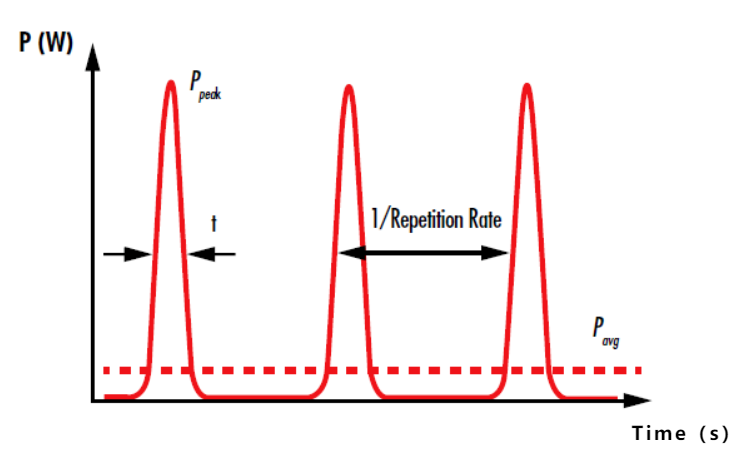Important performance characterization parameters of laser system
1. Wavelength (unit: nm to μm)
The laser wavelength represents the wavelength of the electromagnetic wave carried by the laser. Compared to other types of light, an important feature of laser is that it is monochromatic, which means that its wavelength is very pure and it has only one well-defined frequency.
The difference between different wavelengths of laser:
The wavelength of red laser is generally between 630nm-680nm, and the light emitted is red, and it is also the most common laser (mainly used in the field of medical feeding light, etc.);
The wavelength of green laser is generally about 532nm, (mainly used in the field of laser ranging, etc.);
Blue laser wavelength is generally between 400nm-500nm (mainly used for laser surgery);
Uv laser between 350nm-400nm (mainly used in biomedicine);
Infrared laser is the most special, according to the wavelength range and application field, infrared laser wavelength is generally located in the range of 700nm-1mm. The infrared band can be further divided into three sub-bands: near infrared (NIR), middle infrared (MIR) and far infrared (FIR). The near-infrared wavelength range is about 750nm-1400nm, which is widely used in optical fiber communication, biomedical imaging and infrared night vision equipment.
2. Power and energy (unit: W or J)
Laser power is used to describe the optical power output of a continuous wave (CW) laser or the average power of a pulsed laser. In addition, pulsed lasers are characterized by the fact that their pulse energy is proportional to the average power and inversely proportional to the repetition rate of the pulse, and lasers with higher power and energy usually produce more waste heat.
Most laser beams have a Gaussian beam profile, so the irradiance and flux are both highest on the optical axis of the laser and decrease as the deviation from the optical axis increases. Other lasers have flat-topped beam profiles which, unlike Gaussian beams, have a constant irradiance profile across the cross section of the laser beam and a rapid decline in intensity. Therefore, flat-top lasers do not have peak irradiance. The peak power of a Gaussian beam is twice that of a flat-topped beam with the same average power.
3. Pulse duration (unit: fs to ms)
The laser pulse duration (i.e. pulse width) is the time it takes for the laser to reach half of the maximum optical power (FWHM).

4. Repetition rate (unit: Hz to MHz)
The repetition rate of a pulsed laser (i.e. the pulse repetition rate) describes the number of pulses emitted per second, that is, the reciprocal of the time sequence pulse spacing. The repetition rate is inversely proportional to the pulse energy and proportional to the average power. Although the repetition rate usually depends on the laser gain medium, in many cases, the repetition rate can be changed. A higher repetition rate results in a shorter thermal relaxation time for the surface and final focus of the laser optical element, which in turn leads to faster heating of the material.
5. Divergence (typical unit: mrad)
Although laser beams are generally thought of as collimating, they always contain a certain amount of divergence, which describes the extent to which the beam diverges over an increasing distance from the waist of the laser beam due to diffraction. In applications with long working distances, such as liDAR systems, where objects may be hundreds of meters away from the laser system, divergence becomes a particularly important problem.
6. Spot size (unit: μm)
The spot size of the focused laser beam describes the beam diameter at the focal point of the focusing lens system. In many applications, such as material processing and medical surgery, the goal is to minimize spot size. This maximizes power density and allows for the creation of particularly fine-grained features. Aspherical lenses are often used instead of traditional spherical lenses to reduce spherical aberrations and produce a smaller focal spot size.
7. Working distance (unit: μm to m)
The operating distance of a laser system is usually defined as the physical distance from the final optical element (usually a focusing lens) to the object or surface that the laser focuses on. Certain applications, such as medical lasers, typically seek to minimize the operating distance, while others, such as remote sensing, typically aim to maximize their operating distance range.
Post time: Jun-11-2024





